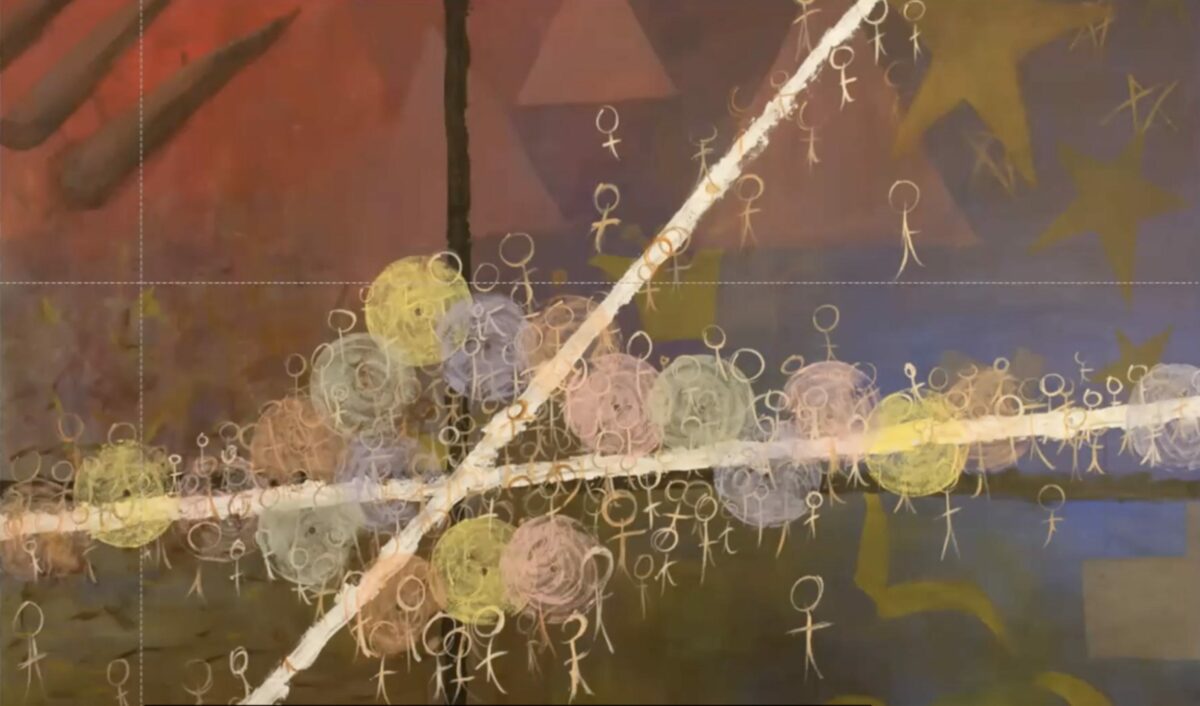
The reach of intersectionality continues to grow and resonate in a variety of fields, raising theoretical methodological and practical issues. In short, how does one “do” intersectionality in ways that honour its history and social justice aims? Knapp (2005) calls intersectionality a “fast travelling” theory with shifting meanings and applications. For Knapp, intersectionality has been reified “into a formula merely to be mentioned, being largely stripped of the baggage of concretion, of context and history.” This formula does not necessarily lead to transformative politics, but “keeps the mantra going: mention differences—and continue doing what you’ve always done”. This panel shared papers from a range of research contexts, including research in long-term care, research in knowledge translation (a field that brings empirical health research evidence to health care practice), and mad, d/Deaf and disability art. The papers uncovered issues and opportunities about how intersectionality can be used to transform research praxis and knowledge-creation, and also pointed to where it becomes diluted into supporting business as usual.
Hosted January 29th, 2021 by Women’s and Gender Studies et Recherches Féministes (WGSRF), this panel, Moderated by Claire Carter, University of Regina, included the following three presentations:
Mapping Critical Relations for Quality in Long-Term Care Research. Presented by Katie Aubrecht, St Francis Xavier University.
‘Doing’ or ‘Using’ Intersectionality? Opportunities and Challenges in Incorporating Intersectionality into Empirical Health Research and Practice. Presented by Danielle Kasperavicius, Unity Health Toronto, and Christine Kelly, University of Manitoba.
Intersectionality through the Embodied and the Embedded: What Art Offers. Presented by Carla Rice, University of Guelph, Eliza Chandler, Ryerson University, and Nadine Changfoot, Trent University.





